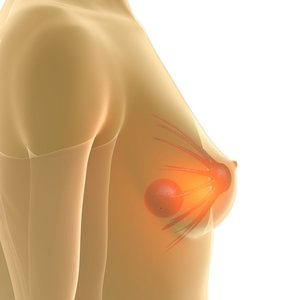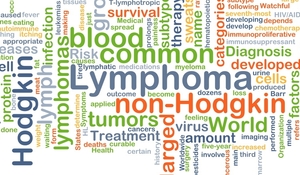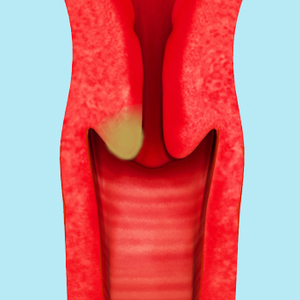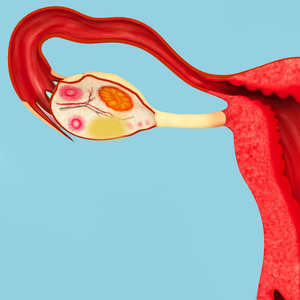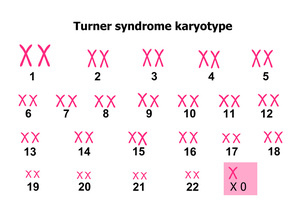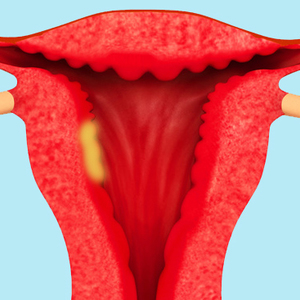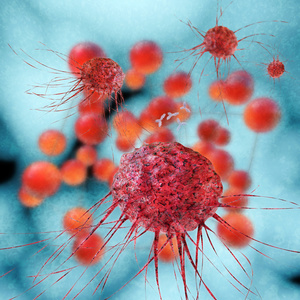Some people develop cancer or other serious illnesses in the course of their lives that require chemotherapy or radiotherapy. In some cases, such treatments can lead to a reduction or even loss of fertility.
The risk of fertility damage depends on many factors, especially the type and cumulative dose of chemotherapy or radiation and, for women, their age. For very sensitive cancer cells, less potent chemotherapy is usually used. The younger a woman is at the time of therapy, the lower the risk of fertility damage.
For these reasons, the risk assessment for damage to fertility is not possible in a generalized way. It must always be done individually depending on the factors mentioned above.
The following link lists some common diseases with regard to their risks and the necessity of carrying out fertility-preserving measures.
One way to facilitate the patient’s decision after the counseling session regarding fertility-preserving measures is to use the “Decision Aid” tool linked here.
It is a digital decision aid developed by psychologists, psychotherapists and reproductive physicians.



